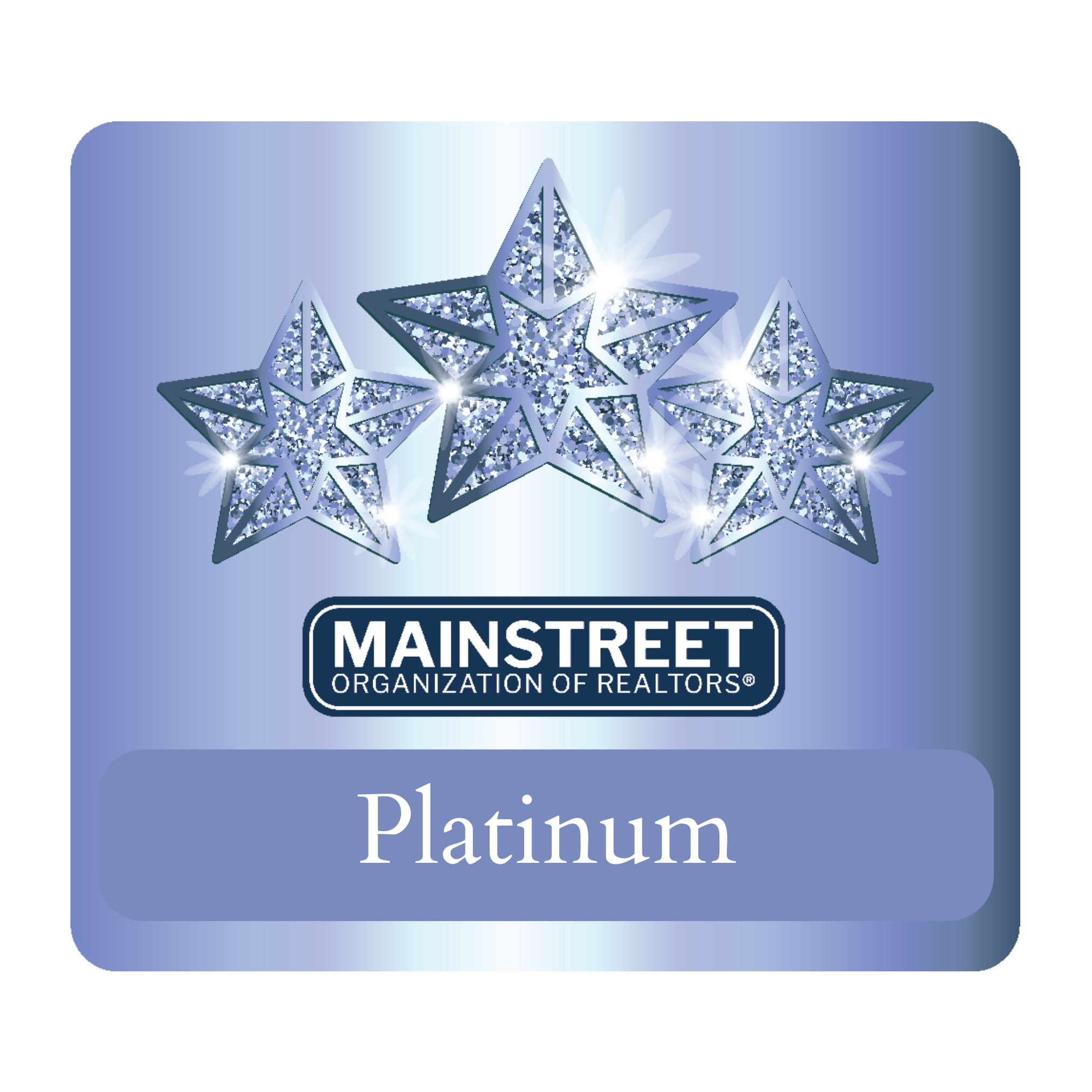The United Center owners’ $7 billion dollar redevelopment plan has been approved.
Quick Take
Chicago’s largest private West Side investment is underway: a $7B transformation of 55 acres around the United Center.
The project will bring 9,400+ residential units, a 6,000-seat music hall, a hotel, and green space to the Near West Side.
63,000 construction jobs and 12,000 permanent jobs expected.
Rental demand is expected to rise in West Loop, Near West Side, and Tri-Taylor.
Local landlords and investors may benefit from increased property values, tenant demand, and development momentum with this new development project.
What Is the 1901 Project?
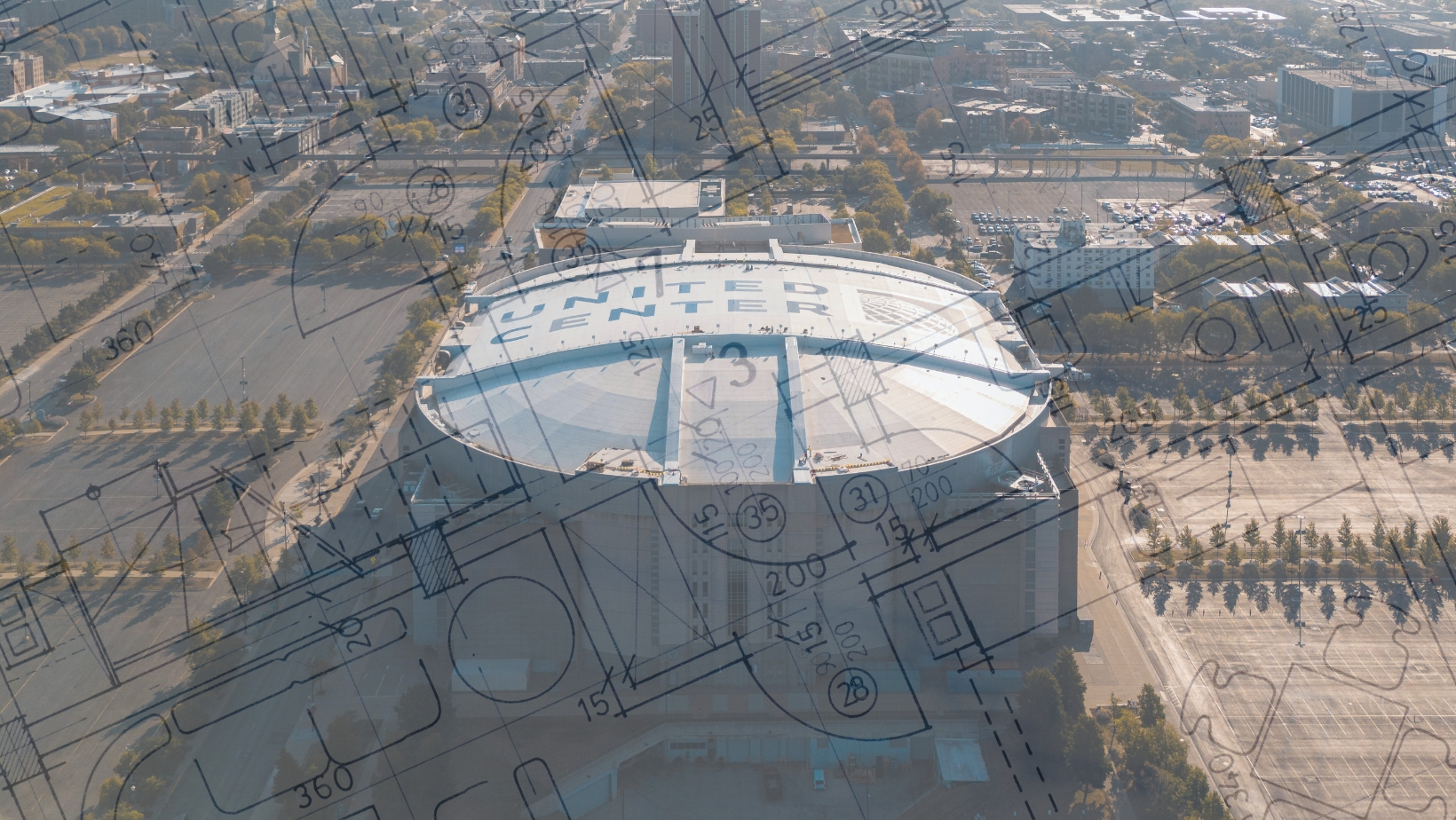
In early 2025, Chicago’s City Council approved zoning changes for the “1901 Project,” a $7 billion redevelopment of the parking lots surrounding the United Center. Spearheaded by the Chicago Bulls and Blackhawks - United Center Owners (Michael Reinsdorf, the Wirtz families, including key leader Danny Wirtz, and the Reinsdorf families), this massive 55-acre initiative is one of the most ambitious private investments in West Side history. Guided by a vision to connect communities, enhance green spaces, and celebrate local heritage, the plan will transform a sea of surface parking lots into a vibrant mixed-use development on the Near West Side, creating a new, interconnected neighborhood through a multi phased development inspired by Chicago's motto, 'Urbs in Horto,' reflecting the city's values of growth, community, and sustainability.
The project aims to build a legacy that honors Chicago's rich history.
What’s Planned:
9,463 residential units, including 20% affordable housing
233-room hotel
6,000-seat music hall
Two new parking garages, one with a rooftop park
Retail space and commercial space integrated throughout the development
Public plazas and 20+ acres of green space (Over 47% of the land dedicated to new open space, including green areas, a public park, and a walking path as part of the community amenities)
The First Phase:
Phase 1 of the 1901 project breaks ground in summer 2025, with a projected completion by 2028.
The Full Project:
The full project will roll out over six phases, concluding by 2040, depending on market conditions.
Why This Matters for Landlords and Investors
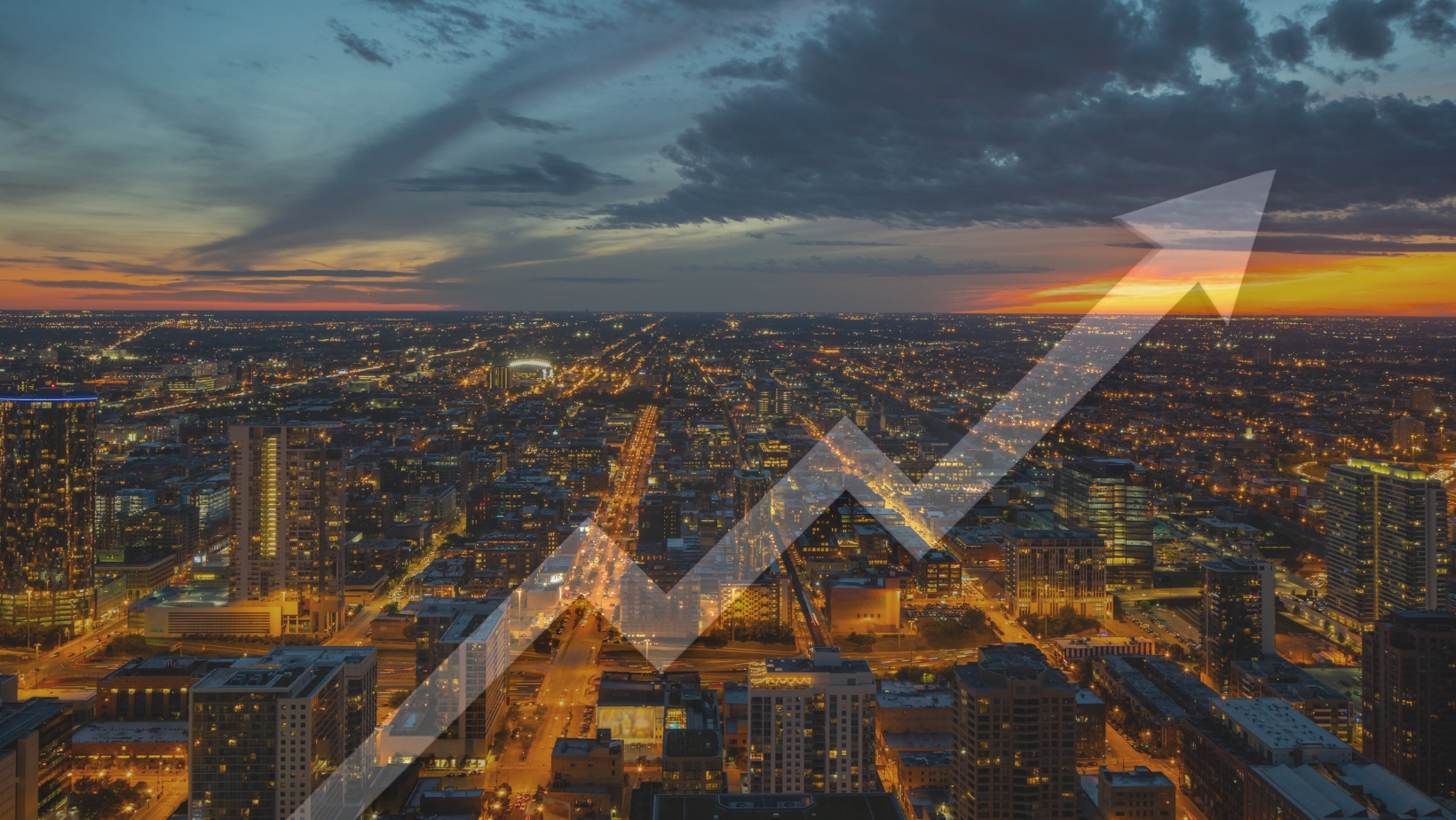
This isn’t just another downtown high-rise. It’s a multi-decade neighborhood transformation that will support local businesses and create new opportunities for economic growth and community connection. If you’re a landlord in West Loop, Near West Side, Tri-Taylor, or even the area surrounding, here’s why it matters:
✅ Rising Demand for Rentals
Thousands of new jobs (retail, hospitality, construction) and entertainment options will boost foot traffic and demand for nearby rentals.
✅ Likely Rent Increases
As the area becomes more walkable and desirable, rents for both vintage apartments and new construction could rise — especially in underdeveloped pockets of the Near West Side.
✅ Long-Term Appreciation
Investors who buy now may benefit from a decade of value growth, especially on multi-flats and mixed-use buildings near the development footprint.
Chicago’s West Side Is Entering a New Era
The West Side of Chicago, particularly Chicago's West, has historically been underserved in terms of public and private investment. The 1901 Project changes that narrative in a major way:
It’s the largest-ever private investment in this area
The full project will span six development phases
When completed, it will include up to 9,463 residential units, 1,309 hotel rooms, and ample commercial, entertainment, and recreational space
20% of the housing units will be designated as affordable
The commitment of the project leaders, including the Reinsdorf and Wirtz families, demonstrates a long-term dedication to the community and the future of Chicago's West Side.
This development represents a unique opportunity to bridge neighborhoods, enhance public amenities, and build long-term economic strength, helping to transform the West Side.
What Neighborhoods Could See the Biggest Impact?
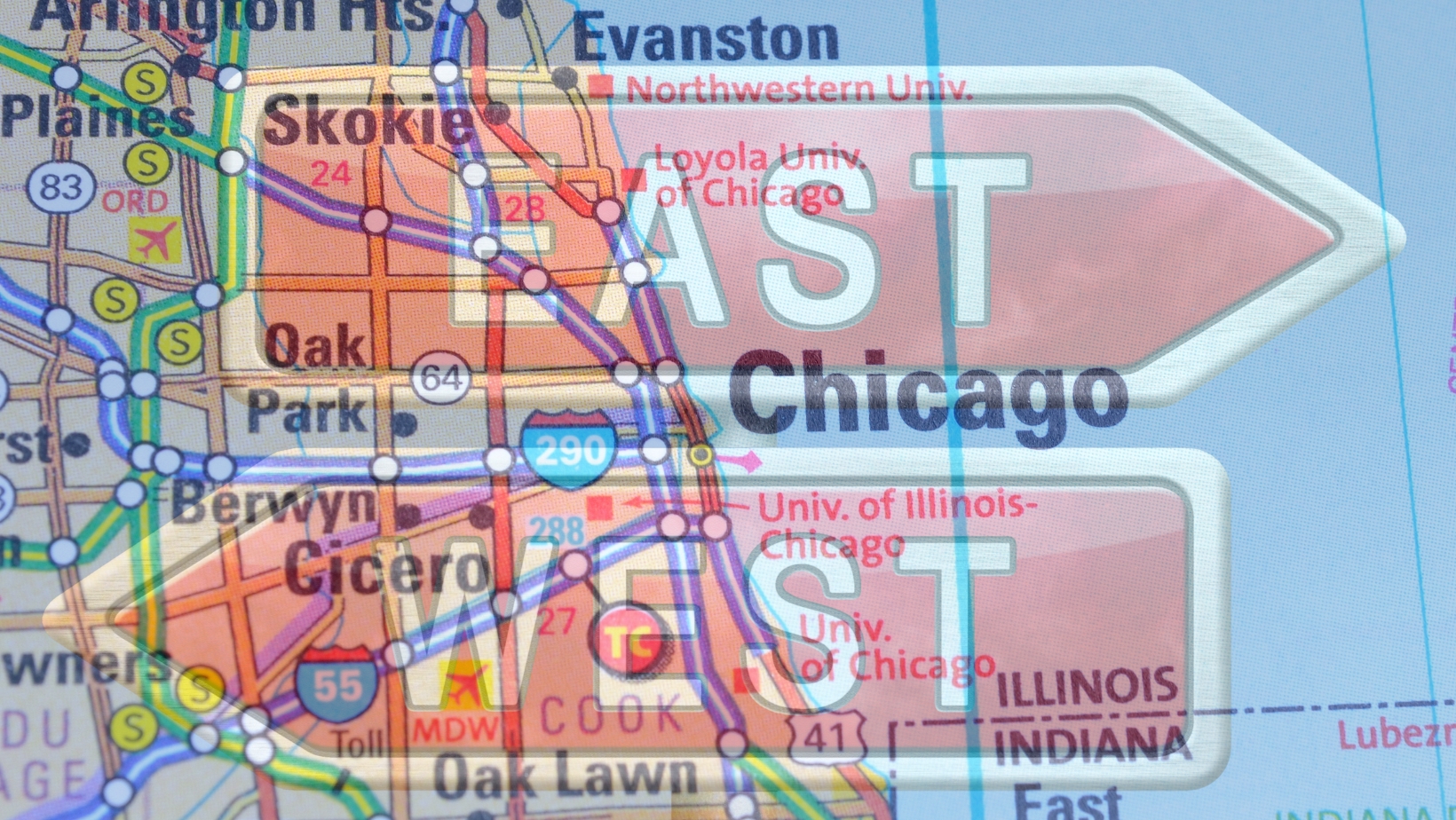
🔹 West Loop / Fulton Market
Already a booming location in recent years, this area could get another lift as the 1901 Project adds walkable amenities and reduces reliance on car-centric design.
🔹 Near West Side
Proximity to the arena makes this a hot zone. Expect greater interest in rental units — especially rehabbed or mid-market housing.
🔹 Tri-Taylor & United Center Park
Historically overlooked, these neighborhoods could become sleeper hits as development fans out from the core site.
What Landlords Should Watch For

While the project brings opportunity, there are risks to manage:
Construction Disruptions: Noise, dust, and temporary traffic issues may affect quality of life during the build-out phases.
Speculative Pricing: Some sellers may raise prices prematurely. Do your homework on true sale and rental comps.
Political Scrutiny: With affordable housing in the plan, expect close public oversight. Stay informed on tenant rights and lease requirements.
Opportunity to Buy: Mixed-use development is a catalyst for growth. The 1901 Project is not just a new construction site — it’s a bold example of mixed-use development that:
Prioritizes walkability and public access
Integrates residential, commercial, and entertainment venues
Establishes open green spaces and public parks that connect the community to nature and each other
Supports long-term sustainability and neighborhood vibrancy
These features are known to increase tenant satisfaction, boost real estate investment potential, and generate stronger neighborhood identities.
Enhancing Opportunities: How to Position Your Investment Now
If you already own in the area, here’s how to prepare:
Make Strategic Upgrades
Focus on curb appeal, updated kitchens/baths, and smart tech — minor investments that justify rent increases.
Run a Rental Market Analysis
Work with a local expert to evaluate pricing, tenant demand, and competing inventory. Not all units are created equal.
Plan for Turnover
With the first phase opening in 2028, plan your lease terms accordingly. A well-timed turnover could give you flexibility to reprice later.
Final Thoughts on the Chicago Housing Development News
The 1901 Project is more than a facelift for the United Center — it’s a long-term play that will reshape the west side campus of Chicago.
Whether you own nearby or are considering a new acquisition, now is the time to evaluate your strategy. With thousands of new residents expected over the next 10–15 years, this could be the investment cycle landlords have been waiting for.
Consider Full-Service Property Management?
A Chicago property management company with experience in rapidly changing markets can help:
✅ Price appropriately for evolving rent trends
✅ Keep your units competitive with new developments
✅ Maintain strong tenant relations and lease renewals
✅ Navigate zoning, registration, and legal updates
Request a free Chicago rental analysis for your properties!
FAQs: United Center Redevelopment and Chicago Real Estate
Q: When does construction start?
A: Phase 1 is supposed to begin in summer 2025 and includes a music hall, hotel, retail, and soon-to-be iconic public spaces.
Q: Will rents go up in the West Loop and Near West Side?
A: Most likely. Increased amenities and housing demand usually push rental prices upward.
Q: What kind of housing will be built?
A: Up to 9,463 residential units, with 20% set aside as affordable housing.
Q: How long will the project take?
A: The full buildout spans six phases and is expected to be completed by 2040.
Q: Should I buy near the United Center now?
A: If you're a long-term investor, this could be a rare opportunity to get in before values climb further.
Ready to Position Your Investment for Long-Term Growth?
Whether you already own rental property near the United Center or are exploring opportunities on Chicago’s West Side, we’re here to help.
Contact Landmark Property Management to see how we can can support your goals with expert guidance, market insight, and full-service property management.

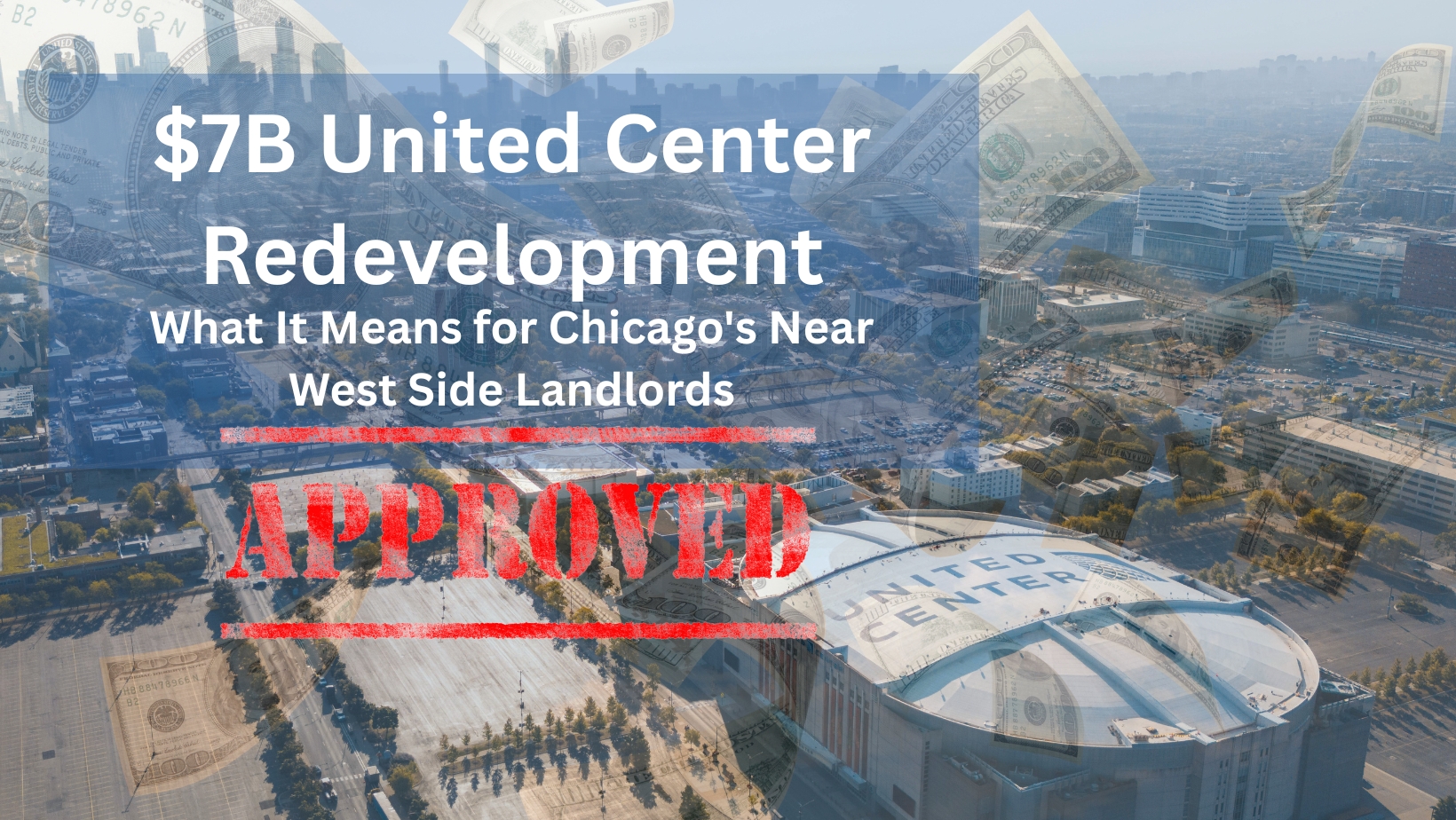

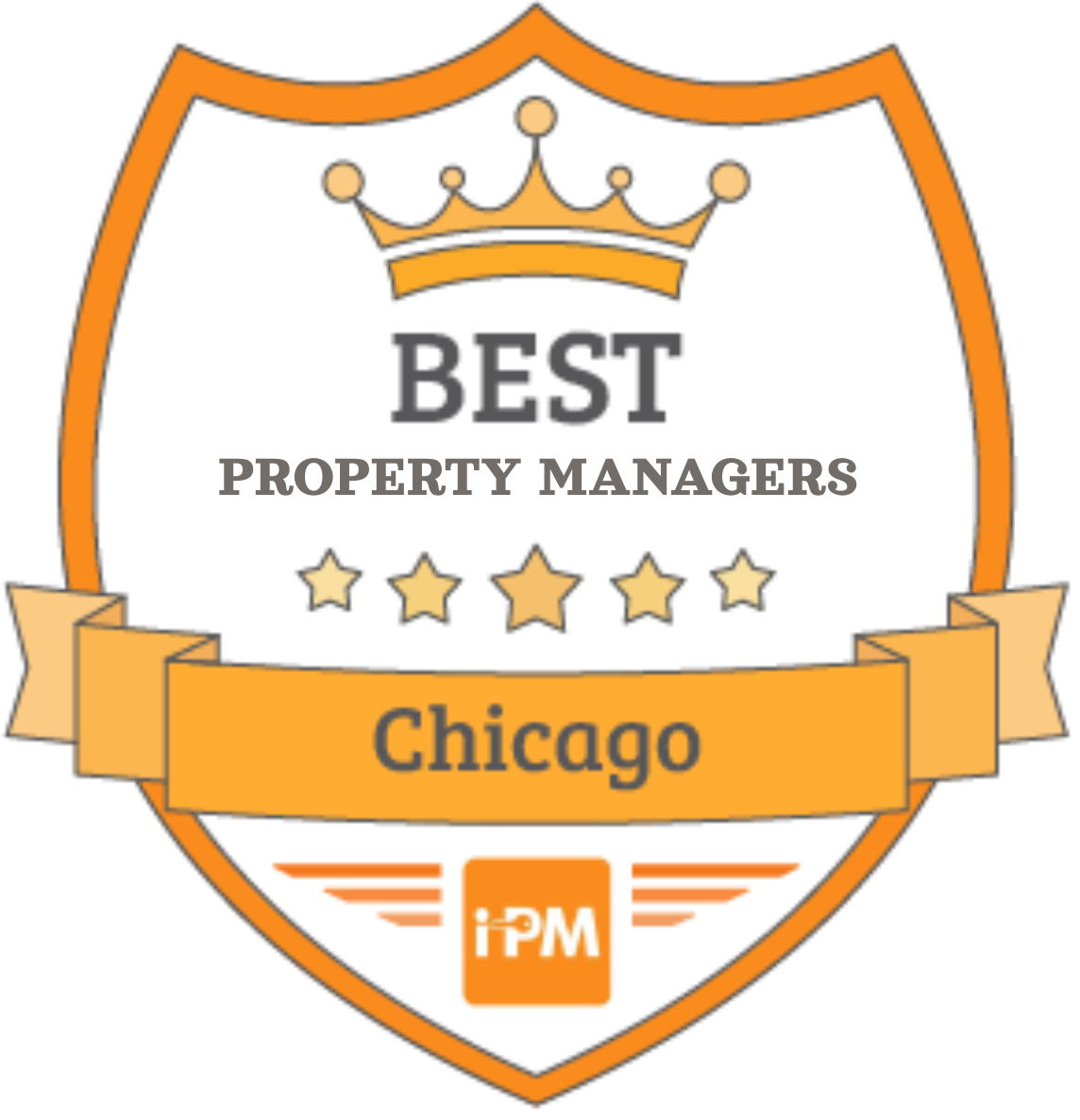

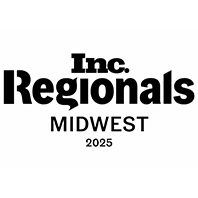
.png)
